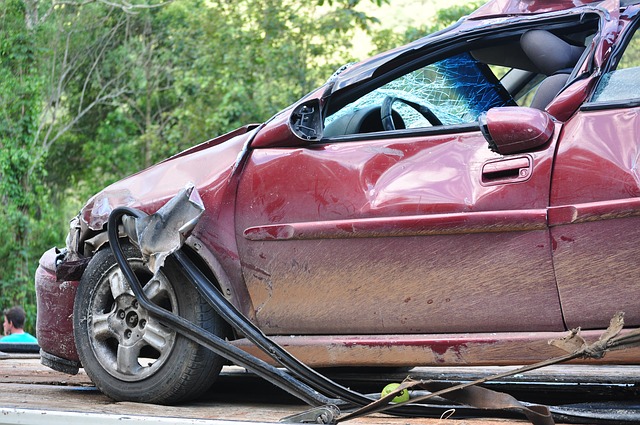
Car Accidents and Soft Tissues
Soft tissue injuries are among the most common types of injuries sustained after automobile accidents
As Americans, we are a commuting culture. Driving is, for many people, an indelible part of their lifestyle; as a result, we constantly put ourselves at the risk of our own and other’s split second decisions. It is estimated that as many as three million people a year are injured in automobile-related incidents. It is important to remember that even the slightest of fender benders can cause injury; among the most common injuries in this type of accident are soft tissue injuries.
Protecting your soft tissue in the wake of an automobile accident
The connective soft tissue refers to the body’s muscles, ligaments and tendons. Even “minor” collisions often leave people with soft tissue injuries; among the most common is whiplash, an injury that results from the abrupt movement of the neck and head that is initiated by a rear end collision. When your neck is the injured party, whiplash refers to cervical strain/sprain or hyperextension.
Our treatment for whiplash and soft tissue injuries in Dunedin
With strains and sprains (different injuries) we are usually looking at damage only to the tissues rather than more structural damage to facet joints or spinal discs. Depending on the severity of the injury, attention to rehabilitation is very important. While the body will attempt to heal itself, chiropractic is a potent aid that helps boost the body’s natural abilities. At our office in Dunedin, we offer the following modalities for people suffering from whiplash:
- Spinal Adjustment
- Massage and trigger point therapy
- Flexion-distraction
- Instrument-assisted manipulation
Injuries can remain with no pain
If you have been involved in a car accident recently, the least you can do for your body is have a chiropractic examination to determine whether any injury has been sustained. We will provide you with a comprehensive examination to determine the exact point of injury before setting a course for treatment.